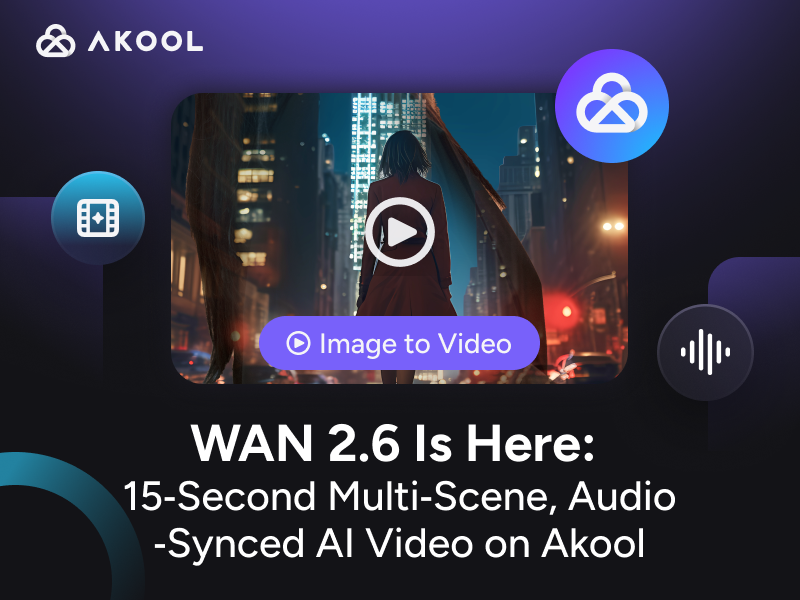Introduction to Machine Translation (MT)
Machine Translation (MT) is the process of automatically converting text from one language to another using computer algorithms. It employs advanced models like Neural Machine Translation (NMT) and Statistical Machine Translation (SMT) to enhance accuracy and fluency. MT is widely used for translating large volumes of content quickly and efficiently, making it invaluable for creative agencies needing multilingual content in a fast-paced global market.
How to Use Machine Translation (MT)
For creative agencies and creators looking to leverage Machine Translation (MT), understanding its use can significantly enhance global communication and content reach. Here’s a quick guide on how to effectively implement MT:
Understanding MT Capabilities
- Speed and Efficiency: MT can rapidly translate large volumes of text, which is ideal for creators needing quick turnaround times.
- Multilingual Support: Offers translation across numerous languages, broadening the audience for content without extensive human translation resources.
Steps to Implement MT
- Choose the Right MT System:
- Evaluate options like Neural Machine Translation (NMT) for higher accuracy and fluency, or Statistical Machine Translation (SMT) for simpler tasks.
Consider platforms like Google Translate, DeepL equivalents, or Microsoft Translator based on specific needs.
Prepare Your Content:
- Ensure content is clear and well-structured, as ambiguities can affect translation quality.
Use simple language where possible to improve machine comprehension.
Integrate MT with Existing Tools:
- Use APIs provided by MT services to integrate translation directly into your content management systems.
Automate workflows for recurring tasks, like translating new product descriptions or support documents.
Quality Check and Post-Editing:
- Employ human editors to review and polish machine-generated translations for accuracy and cultural relevance.
Use BLEU Scores or other metrics to evaluate initial translation quality before post-editing.
Iterate and Improve:
- Continuously assess the performance of your MT system and adjust settings or switch providers to meet evolving needs.
Useful Tips
- Leverage Contextual Tools: Use MT systems that incorporate contextual awareness to improve translation quality, especially for creative content.
- Adapt Language Models: Customize language models to better suit industry-specific jargon or terminology.
By following these steps, creative agencies and creators can harness the power of MT to streamline their multilingual content strategy, reaching broader audiences effectively and efficiently.
Applications of Machine Translation (MT)
Machine Translation (MT) has become an indispensable tool across various industries, enhancing communication and efficiency. Here are some popular applications:
- E-commerce: MT helps translate product descriptions and customer reviews, enabling global reach.
- Content Localization: Creative agencies use MT to adapt marketing materials for different languages, ensuring cultural relevance.
- Customer Support: Automated translation of FAQs and support tickets improves user experience by offering multilingual assistance.
- Media and Entertainment: Subtitling and dubbing of films and videos are streamlined with MT, allowing wider audience access.
- Travel and Tourism: Real-time translation apps assist travelers in navigating foreign countries with ease.
These examples illustrate how MT is revolutionizing global interaction, making it an essential tool for creators and agencies aiming for international success.
Technical Insights into Machine Translation (MT)
Core Methodologies
- Neural Machine Translation (NMT): Utilizes deep learning models, such as transformer networks, to convert text. It processes entire sentences or paragraphs to enhance context comprehension and fluency.
- Statistical Machine Translation (SMT): Relies on statistical models to predict translation outcomes, based on pre-existing bilingual corpora. It uses algorithms to determine the most probable translation sequences.
Neural Networks in NMT
- Encoder-Decoder Architecture: Central to NMT, this architecture involves encoding the source text into a numerical vector and decoding it into the target language. This allows for better handling of complex sentence structures.
- Attention Mechanism: Enhances NMT by focusing on specific parts of the input sequence, improving translation quality by capturing dependencies across distant words.
SMT Techniques
- Phrase-Based Models: Break down sentences into phrases, translating them independently, allowing flexibility in handling word order variations.
- Language Models: Estimate the probability of a sequence of words in the target language, ensuring grammatical correctness.
Evaluation Metrics
- BLEU Score: A widely-used metric for assessing translation quality, comparing machine-generated translations against reference translations to measure accuracy and fluency.
Machine Translation (MT) Statistics
In the realm of Machine Translation (MT), understanding the current landscape through statistics can provide invaluable insights for developers, creators, and creative agencies. Below are some key statistics that highlight the significance and growth of MT:
| Statistic | Value | Explanation |
|---|---|---|
| Global MT Market Value (2023) | $983 million | The substantial growth rate underscores the increasing demand for MT solutions across various industries. |
| Projected Market Value (2030) | $4.89 billion | Driven by globalization and the need for quick, accurate translation services. |
| Accuracy of NMT Systems | Over 90% | Particularly for popular language pairs such as English-Spanish and English-French. |
| Business Adoption Rate (2022) | 76% | Highlights the trust and reliance companies place on MT for enhancing communication and operational efficiency. |
| Efficiency Gains | Value | Explanation |
|---|---|---|
| Cost Reduction | Up to 40% | Compared to traditional human translation services, allowing budget allocation to other critical areas. |
| Translation Speed | Significantly faster | Ideal for quick turnaround times in fast-paced environments. |
These statistics illustrate the growing importance and viability of MT as a tool for bridging language barriers in an increasingly connected world. For developers and creative agencies, staying informed about these trends is essential for leveraging MT technology to its fullest potential.
Frequently Asked Questions About Machine Translation (MT) Services
What is Machine Translation and how does it work?
Machine Translation (MT) is an AI-driven service that automatically translates text from one language to another using algorithms and linguistic databases. It leverages neural networks and deep learning to improve accuracy and fluency in translations.
How accurate is Machine Translation compared to human translation?
While MT has made significant advancements in accuracy, it may not always match the nuanced understanding of a human translator. However, it is highly effective for quick translations, large volumes of text, and gaining general comprehension.
Can Machine Translation handle technical or specialized content?
Yes, MT can translate technical or specialized content, but it may require post-editing by a human translator to ensure precision and context accuracy, especially for industry-specific terminology.
How does Machine Translation ensure data privacy and security?
Our MT service prioritizes data privacy and security by employing encryption methods and secure data storage practices. User data is handled in compliance with international privacy regulations.
What languages are supported by your Machine Translation service?
Our MT service supports a wide range of languages, including major global languages and several regional dialects. The list of supported languages is continually expanding to meet user needs.
Is Machine Translation suitable for translating legal documents?
While MT can assist with translating legal documents, it is recommended to have a professional legal translator review the output to ensure legal accuracy and adherence to jurisdictional requirements.
How can businesses benefit from using Machine Translation?
Businesses can leverage MT to reach global markets, enhance communication with international clients, and streamline multilingual content creation, thereby saving time and reducing translation costs.
What are the limitations of Machine Translation?
MT may struggle with idiomatic expressions, cultural nuances, and context-specific language. It is best used as a tool for initial translation drafts, with human oversight for final editing and localization.




